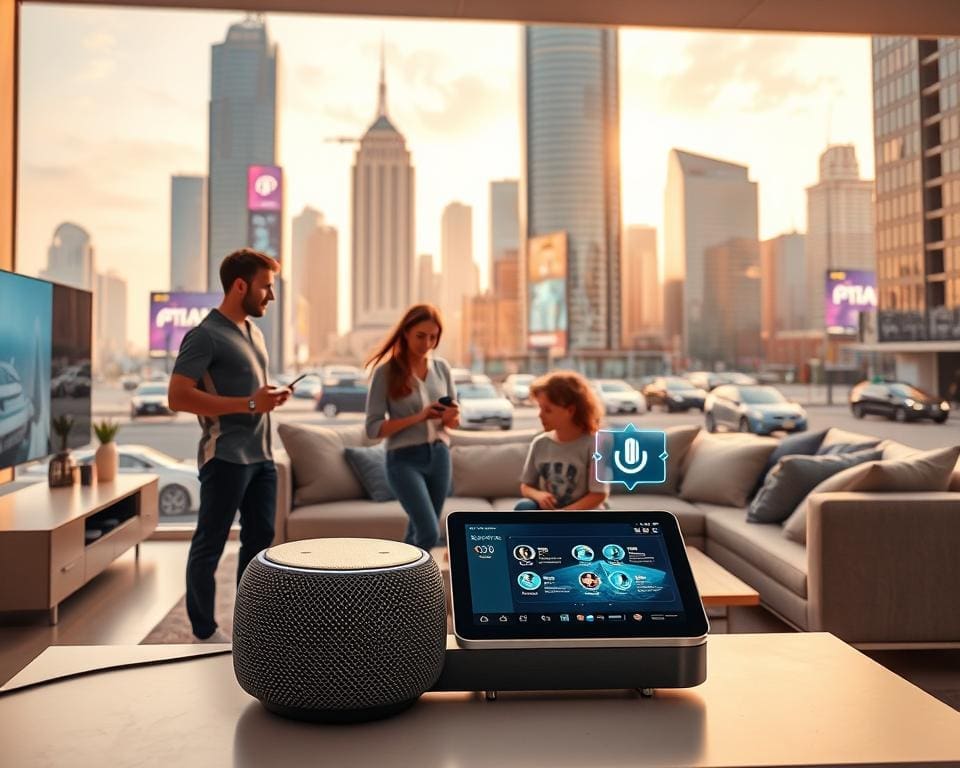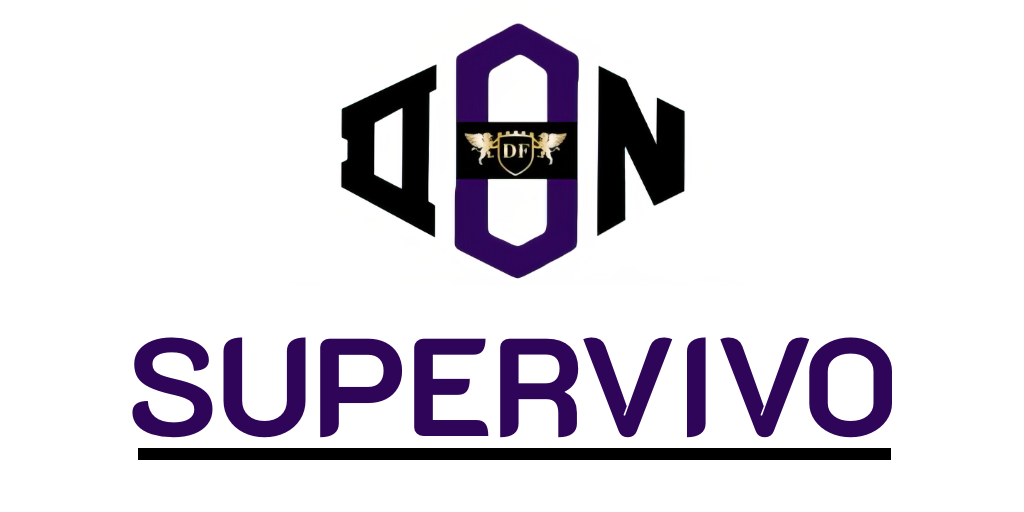The rise of smart devices represents a pivotal shift in our daily interactions with technology. This phenomenon traces back to the early days of the Internet of Things, where the seeds of connectivity were sown. Over the years, smart technology has evolved from rudimentary gadgets into an intricate web of connected devices that enrich our lives. Major brands like Amazon, Google, and Apple have spearheaded this transformation, introducing innovations in home automation that spark consumer interest and reshape market dynamics. The integration of smart devices not only brings convenience and efficiency but also enhances our overall quality of life.
The evolution of technology in everyday life
The journey of technology evolution has significantly altered the landscape of our daily routines. In the past, everyday gadgets served simple purposes without much interaction. Today, these have transformed into intelligent systems, seamlessly integrating into our lives and enhancing convenience. This shift highlights a remarkable transition where gadgets evolve modestly, but their impact remains profound.
From basic gadgets to intelligent systems
Once limited to basic functionalities, everyday gadgets such as alarm clocks and microwaves have evolved into smart appliances that adapt to user preferences. These intelligent systems encompass features powered by artificial intelligence, enabling devices to perform complex tasks, thus enriching our experience at home or in the workplace. Consumers now enjoy connected devices providing tailored services, illustrating the remarkable journey from simple tools to sophisticated companions in daily life.
The role of the internet in technology advancement
The internet acts as the backbone of this technology evolution, fostering interconnectedness among devices. Smart appliances benefit immensely from online access, allowing for real-time updates and user interaction. With continuous connectivity, intelligent systems enhance functionality and adapt to changes in user behaviour, paving the way for innovative applications that further simplify everyday tasks. This synergy between the internet and technology highlights the ongoing transformation that defines our modern existence.

The rise of smart devices
As technology continues to evolve, the definition of smart devices has become clearer. These devices are digital gadgets, equipped with internet connectivity and intelligent functionalities, fundamentally changing how we interact with our surroundings. The impact of smart technology reaches far beyond basic convenience, enhancing lifestyles through improved security, energy management, and overall quality of life.
Defining smart devices and their impact
At its core, the smart devices definition emphasises the integration of connectivity and intelligence. This innovation enriches user interaction by creating environments that respond to individual needs. For instance, systems like Philips Hue smart lighting allow users to control their home’s atmosphere effortlessly, demonstrating the substantial IoT impact these devices can have on daily living. The emergence of smart thermostats, such as Nest, underlines how smart technology can drive energy efficiency and comfort.
Key features that define smart technology
Several key features distinguish smart technology from traditional devices, ensuring a seamless user experience. These include:
- Connectivity: Seamless integration with internet services facilitates remote access and control.
- Automation: Smart devices can perform tasks autonomously based on user preferences and behaviours.
- Intuitive interaction: User interfaces designed for simplicity enhance the engagement level.
- Data-driven insights: Smart technology often analyses user habits, leading to personalised experiences.
How smart devices are transforming homes
Smart home technology is revolutionising the way individuals interact with their living spaces. By creating interconnected environments, these advancements enable a level of convenience and control previously unimaginable. Home automation has paved the way for seamless living, promoting efficiency and security within residential spaces.
Smart home ecosystems: A seamless experience
Smart home ecosystems offer a comprehensive approach to managing connected home technology. Platforms such as Apple HomeKit, Google Home, and Amazon Alexa allow users to control various devices—from lighting and heating to security systems—from one central interface. This integration creates a cohesive system that enhances user experience, fostering a sense of peace and organisation in everyday life.
Energy efficiency and cost savings
Alongside convenience, smart home ecosystems significantly contribute to energy efficiency and cost savings. Intelligent devices help optimise energy use through automation, allowing homeowners to manage consumption effectively. Lighting systems can be programmed to adjust automatically, thermostats learn user preferences, and smart plugs monitor usage, all contributing to lower energy bills and a more sustainable living environment.
Smart devices in the workplace
In an ever-evolving work environment, the role of smart devices at work has emerged as a critical factor in enhancing productivity and streamlining operations. Organisations are embracing technology that fosters office automation, ensuring that workflows are smoother and more efficient. The integration of these tools offers significant advantages to businesses looking to improve workforce efficiency.
Enhancing productivity through automation
Smart devices significantly contribute to productivity enhancement by allowing teams to automate routine tasks. For instance, automated scheduling tools and connected devices can handle meeting arrangements without manual input, freeing up valuable time. This shift encourages a focus on high-impact projects, nurturing creativity and innovation among employees. In this era of advanced technology, offices equipped with smart tools can drive remarkable gains in output.
Remote work and connectivity advantages
The advent of smart devices has transformed how remote work functions, providing solutions to maintain connectivity among team members. Video conferencing platforms and collaborative software enable seamless communication, ensuring that employees remain in sync regardless of their location. As businesses adapt to this new normal, the strategic use of smart devices will continue to shape workplace dynamics, cultivating a more agile and responsive workforce.
The future of smart technology
The landscape of smart technology continues to evolve at a remarkable pace, and the future holds exciting possibilities. Predictions indicate a surge in advancements in devices, driven predominantly by artificial intelligence and machine learning, leading to creations that better understand and anticipate user behaviours. Innovations in connectivity, including the integration of augmented and virtual realities, promise to enrich experiences, both at home and in professional settings.
Predictions for advancements in smart devices
As we look toward the future of smart technology, several key trends are emerging. These advancements may include:
- The development of autonomous devices capable of communication without human intervention.
- Advanced personalisation features that tailor devices to individual preferences and habits.
- Increased interoperability between devices, creating seamless ecosystems that enhance convenience.
- Smart innovations focused on health monitoring, providing proactive solutions for wellness.
Potential challenges and ethical considerations
With the rapid growth of smart technology, potential challenges must be addressed. Data privacy remains a paramount concern as increasing connectivity leads to larger data footprints. Ethical considerations around the use of artificial intelligence require careful oversight to ensure fairness and transparency in automated decision-making. Navigating these emerging trends responsibly will impact the societal acceptance of smart innovations, ultimately shaping a positive future for the technology landscape.
Real-life examples of smart device integration
The transformation brought by smart device integration is vividly showcased in numerous case studies highlighting both smart homes and smart offices. In residential settings, brands like Ring and August have pioneered the creation of automated environments. Homeowners now enjoy enhanced security and convenience through integrated doorbell cameras and smart locking systems, allowing for seamless control from their smartphones. This collaboration between devices fosters a more connected life, where users feel empowered and secure within their homes.
On the commercial side, companies such as WeWork and Cisco illustrate the remarkable potential of smart device integration. In smart offices, these brands have leveraged technology to optimise workspace configurations and enhance employee experiences. Featuring smart lighting systems and advanced meeting room management tools, these environments promote productivity and creativity. The seamless operation of devices not only streamlines workflows but also illustrates how connected technology can visibly transform corporate landscapes.
Collectively, these real-life examples demonstrate the undeniable benefits of smart device integration across both residential and commercial settings. As we continue to embrace innovation, the possibilities for enhanced living and working environments are limitless. The future is here, and it’s connected.









